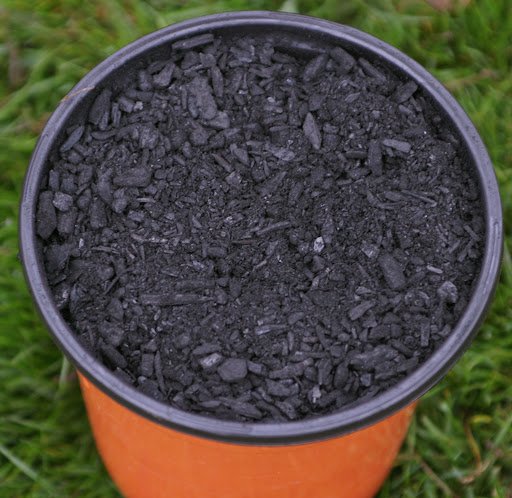
Turning our carbon problem into a carbon solution
Why We Exist
We care deeply about the state of the planet for ourselves, our communities, and our kids. We recognize that a warming planet is a fundamental threat to the survival of our and many other species. We also recognize that the problem is not simply a matter of carbon. The land and ecosystems require repair. We focus on biochar because it is a multipurpose solution. When produced, it can remove carbon from the atmosphere. But it can also be used to help repair damaged ecosystems. Improving the carbon content of the soil helps retain more water and fosters a healthier system that becomes more robust and resilient over time. In this way, biochar can be part of an upward spiral of ecosystem health that simultaneously impacts the climate for the better. This vision is our guiding light.
What We Do
We partner with municipalities to make biochar, turning waste biomass into carbon sequestration and a powerful tool for community resilience. Our projects reflect the unique nature of each place and are molded to their unique goals, challenges, and opportunities.
Learn more about municipal biochar and our partnership approach.
The Carbon Problem
Carbon has a reputation problem. News about climate change is everywhere. Carbon is always the villain. There’s too much CO2 in the atmosphere and it’s causing temperatures to rise. Carbon can and must be the hero of this story. But it has to be in the right place--the soil. When it’s in the ground, carbon brings a cascade of benefits to the soil ecosystem, creating resilient landscapes. When it’s missing, systems degrade and become fragile. So how do we get carbon back in the ground?
A Solution
Biochar is charcoal made for the purpose of adding to the soil. Or biological charcoal. It was used by indigenous people in the Amazon to keep soils fertile for hundreds of years. It removes carbon from the atmosphere when produced using modern techniques. When applied to the soil, it brings a host of benefits to that soil and the plants growing in it. Plants that are healthy and thriving perform photosynthesis more efficiently, meaning that they’re then more effective at capturing carbon. This creates an upward spiral of system health in which carbon is being moved from the air, where it’s a problem, and puts it in the soil, where it’s a resource. As system health improves, productivity and performance improve.
Cincinnati Biochar Project
In 2018 the City of Stockholm, Sweden implemented a biochar project to mitigate a portion of their carbon emissions and increase their climate resilience. Bloomberg Philanthropies was a supporter of the project and wants to see it replicated. Cincinnati was selected by Bloomberg as one of ten cities in the world to receive support for developing a city-wide biochar project.
We will use biochar to help meet the carbon reduction and sustainability goals of the Green Cincinnati Plan. We will take wood chips from the Cincinnati Park Board and turn them into biochar. That biochar will be used to turn our soils into carbon sponges that support the urban tree canopy, retain stormwater, and make our land more resilient in the face of climate change. Project sponsors include Bloomberg Philanthropies, the Cincinnati Park Board, the Cincinnati Office of Environment and Sustainability and Great Parks of Hamilton County. Subscribe to our newsletter below for project updates.


